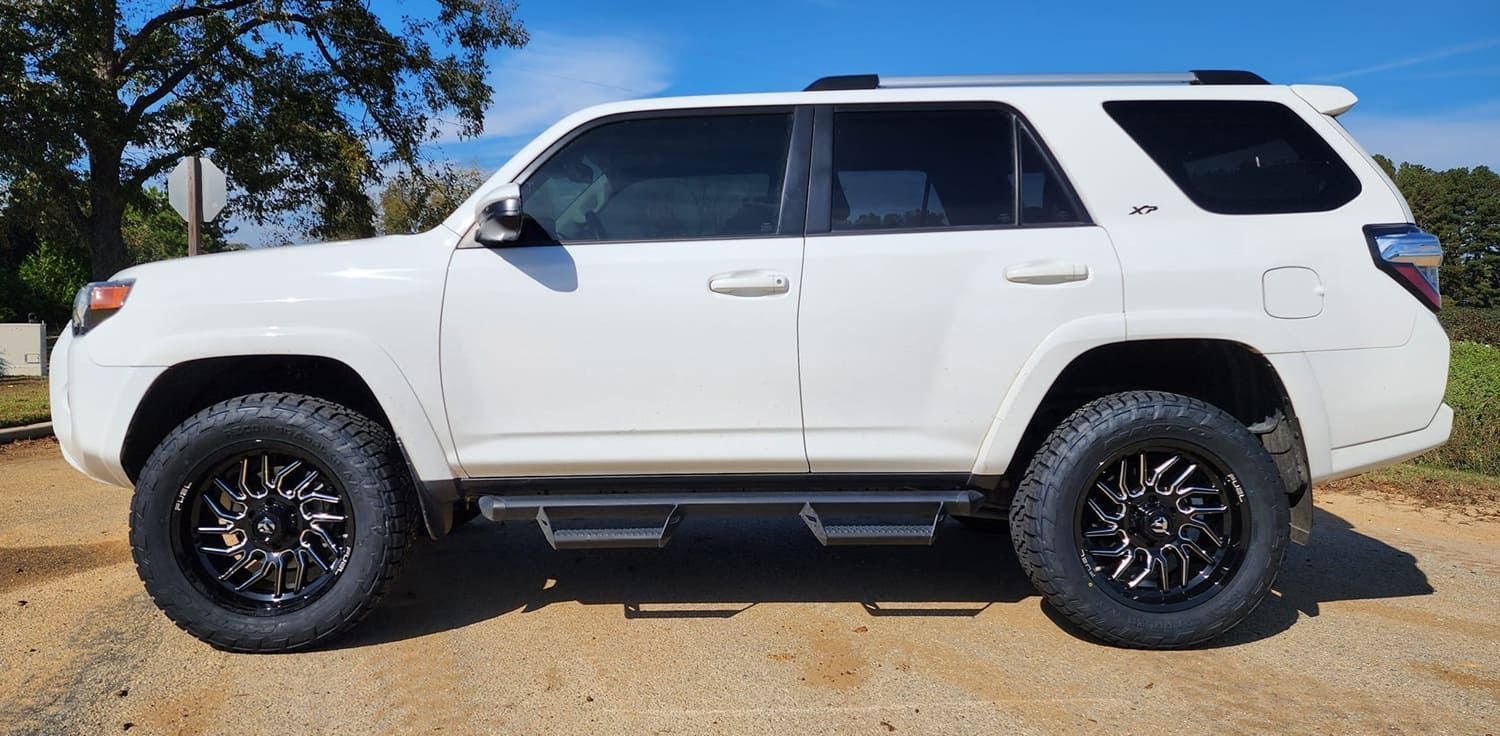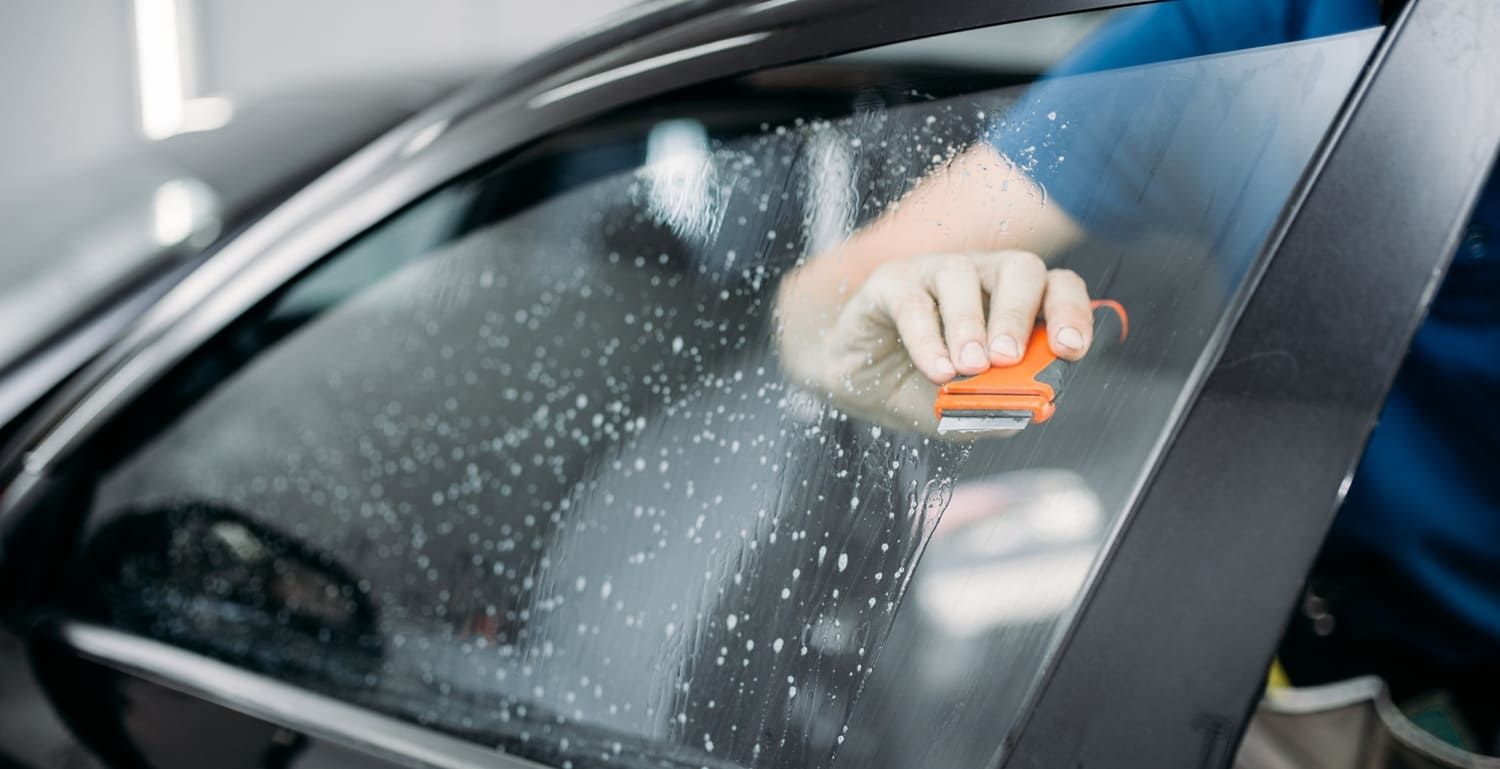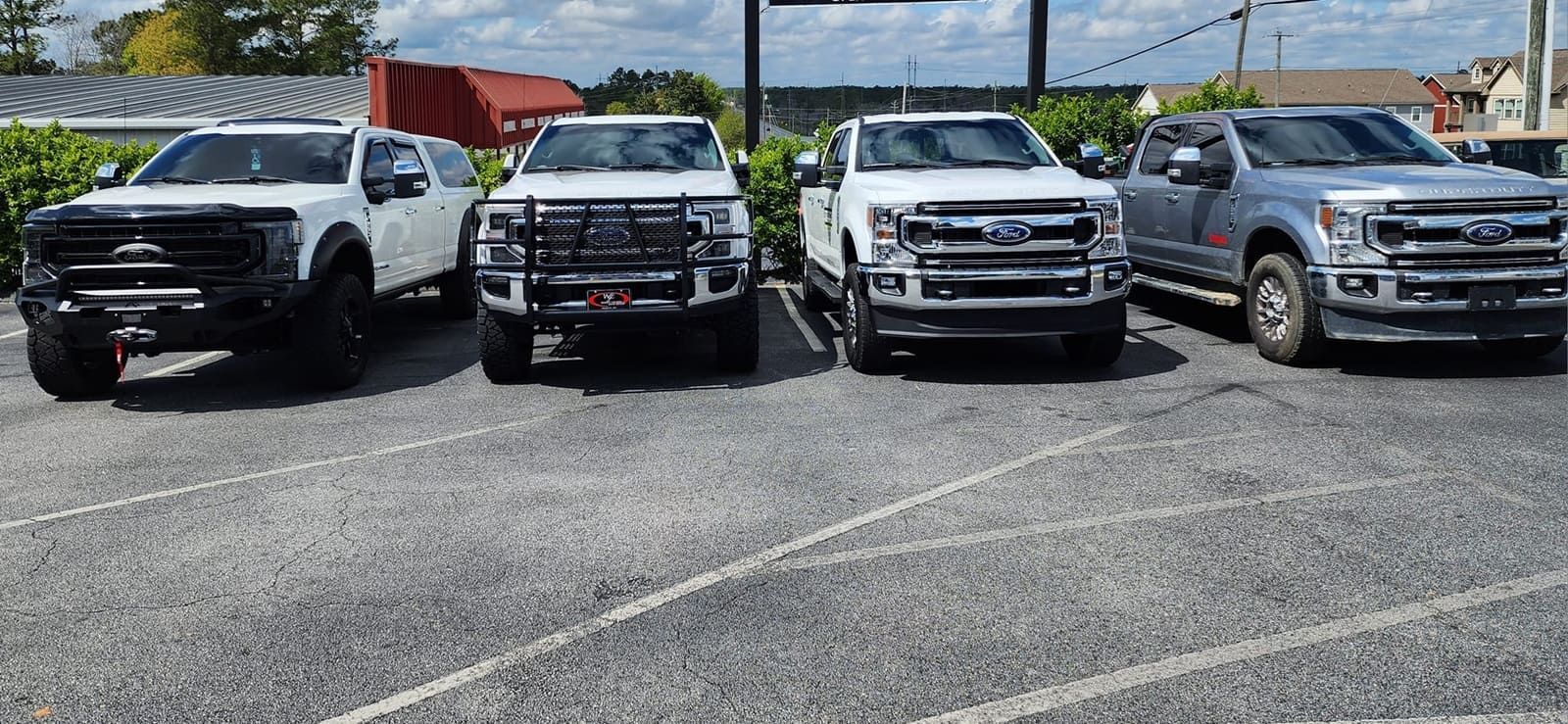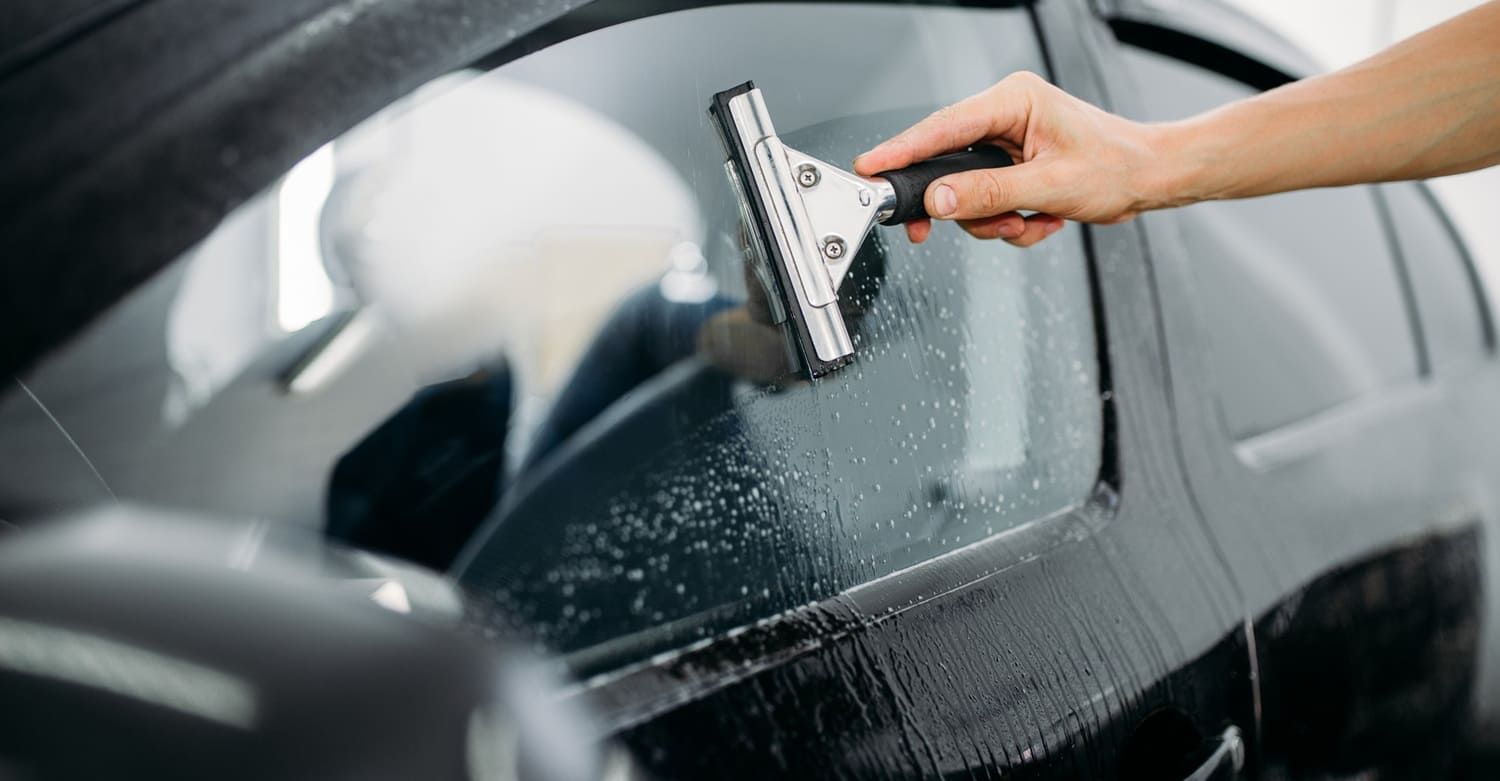Picking the Right Tint: Dyed, Ceramic, or Carbon for Your Car?
Before diving into the specifics, it's important to understand what window tinting involves. Window tinting is the process of applying a thin film to the interior side of your car's windows. This film serves multiple purposes, from enhancing aesthetics to improving functionality by reducing glare and blocking harmful UV rays. It also provides an added layer of privacy, giving you the freedom to drive without feeling exposed. Now, let's compare the three main types of window tint: dyed, ceramic, and carbon. Each option offers distinct features and benefits, which can cater to different preferences and priorities.
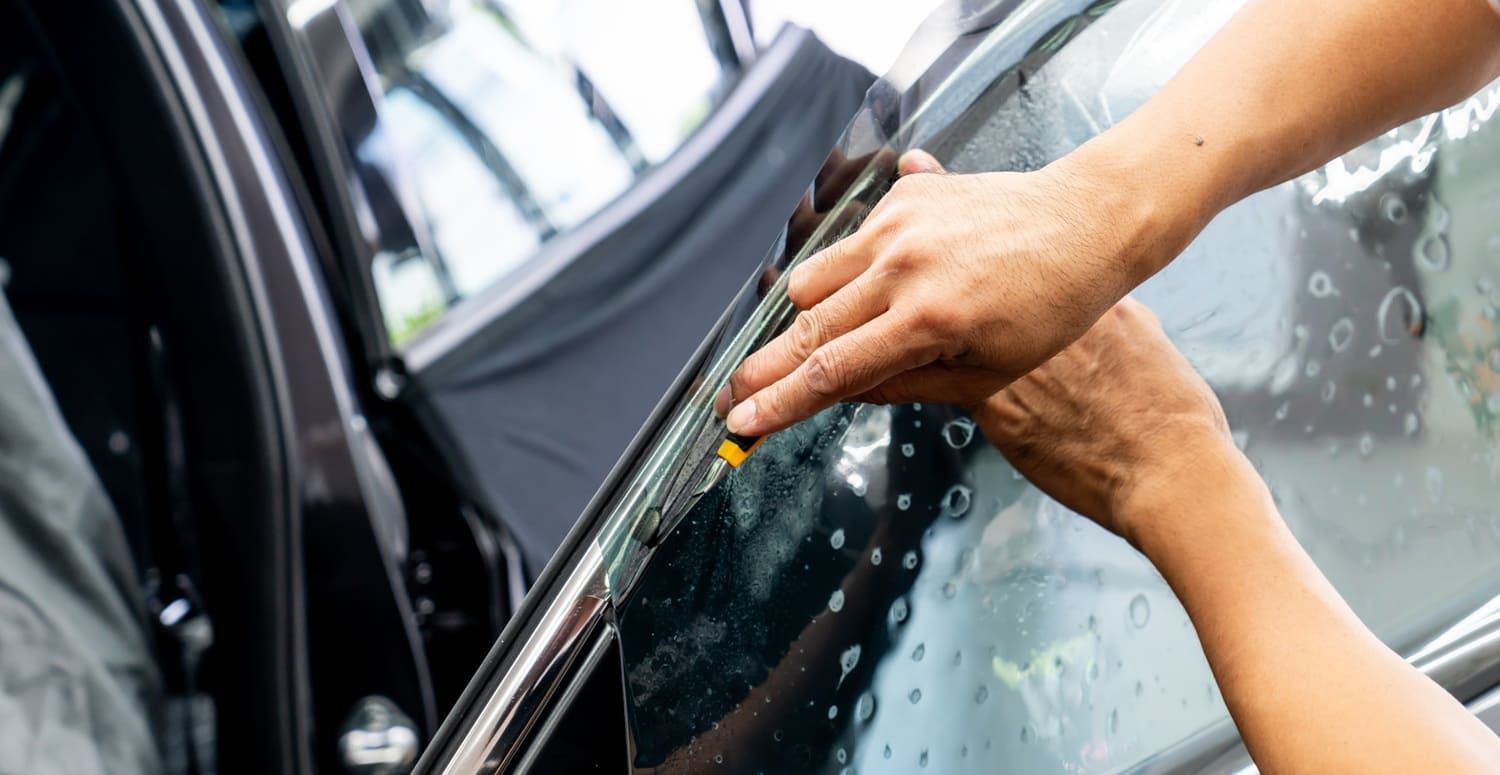
Dyed Window Tint
What Is Dyed Window Tint?
Dyed window tint is one of the most common and affordable types of tinting available. It consists of a layer of dye sandwiched between an adhesive layer and a protective top coating. This basic composition makes it accessible for many car owners who are looking for a quick solution to enhance their vehicle’s appearance. The dyed layer creates a darkened effect on the windows, providing a sleek look without breaking the bank. However, its simplicity also means it lacks some of the advanced functionalities offered by other tints.
Pros of Dyed Window Tint
- Cost-Effective: Dyed tints are generally less expensive compared to ceramic and carbon options, making them a popular choice for budget-conscious consumers. This affordability allows car owners to achieve a stylish look without a significant financial commitment.
- Glare Reduction: The dyed layer absorbs sunlight, reducing glare and improving visibility for drivers. This can be particularly beneficial for those who frequently drive in bright conditions, enhancing overall safety.
- Privacy: Dyed tints offer a level of privacy by darkening the windows, preventing onlookers from easily seeing inside. This added privacy can be invaluable for those who spend a lot of time in urban environments or simply prefer a more secluded driving experience.
Cons of Dyed Window Tint
- Heat Reduction: While dyed tints reduce glare, they do not effectively block heat, which can result in a warmer interior on sunny days. This can be a significant downside for those living in hot climates, as the car's interior may become uncomfortable.
- Fading: Over time, the dye in the tint can fade, especially with prolonged exposure to sunlight, which can diminish its effectiveness. This fading can lead to a less appealing appearance and may require replacement sooner than other tint types.
- Less Durable: Compared to ceramic and carbon tints, dyed films may not last as long and can peel or bubble if not properly maintained. This lack of durability can result in additional maintenance costs over time.
Ceramic Window Tint
What Is Ceramic Window Tint?
Ceramic window tint is a premium option that uses advanced technology. It contains ceramic particles that are non-metallic and non-conductive. This sophisticated composition allows it to deliver superior performance in various areas, including heat rejection and UV protection. The absence of metal in its structure ensures that it won't interfere with electronic devices, making it an ideal choice for tech-savvy car owners. Furthermore, its advanced design means it retains its appearance and effectiveness over time, offering long-term value.
Pros of Ceramic Window Tint
- Superior Heat Rejection: Ceramic tints are highly effective at blocking solar heat, keeping your car's interior cooler and more comfortable. This can be particularly advantageous in hot climates, providing a more pleasant driving experience.
- UV Protection: These tints block up to 99% of harmful UV rays, protecting both the car's interior and the occupants. This protection helps prevent sun damage to your car's upholstery and reduces the risk of skin damage for those inside.
- No Signal Interference: Since ceramic particles are non-metallic, they do not interfere with electronic devices or signals such as GPS and mobile phones. This allows you to enjoy seamless connectivity while on the road.
- Durability: Ceramic tints are resistant to fading and are less prone to scratches, ensuring longevity. This durability means you can enjoy their benefits without worrying about frequent replacements.
Cons of Ceramic Window Tint
- Higher Cost: The advanced technology and superior benefits of ceramic tints come at a higher price point. This cost can be a barrier for some, but the long-term benefits often justify the investment.
- Installation Complexity: Professional installation is recommended due to the complexity of the material and to ensure optimal performance. This need for expert installation can add to the initial cost but ensures a flawless finish.
Carbon Window Tint
What Is Carbon Window Tint?
Carbon window tint is another high-quality option that uses carbon particles to block infrared light. This innovative approach results in excellent heat rejection and a distinctive appearance. The carbon particles create a dark, matte finish that enhances the vehicle's aesthetic appeal, making it a popular choice among car enthusiasts. Additionally, carbon tints are known for their environmental friendliness, as they do not contain metals or dyes that can harm the environment.
Pros of Carbon Window Tint
- Heat Reduction: Carbon tints offer excellent heat rejection, reducing the greenhouse effect and keeping the car interior cooler. This can make a significant difference in comfort levels during hot weather.
- No Fade: Unlike dyed tints, carbon films do not fade over time, maintaining their appearance and effectiveness. This consistency ensures that your car continues to look great for years to come.
- Matte Finish: Carbon tints give a unique matte finish to your car's windows, enhancing the vehicle's aesthetic appeal. This distinctive look can set your car apart from others on the road.
- Eco-Friendly: These tints are free from metal and dye, making them an environmentally friendly option. This aspect is appealing to those who prioritize sustainability in their purchasing decisions.
Cons of Carbon Window Tint
- Cost: While generally less expensive than ceramic tints, carbon tints are still pricier than dyed options. This cost can be a consideration for those balancing performance with budget constraints.
- Installation: Like ceramic tints, carbon films require professional installation to ensure a flawless finish. This need for expert installation ensures the best results but can increase the overall cost.
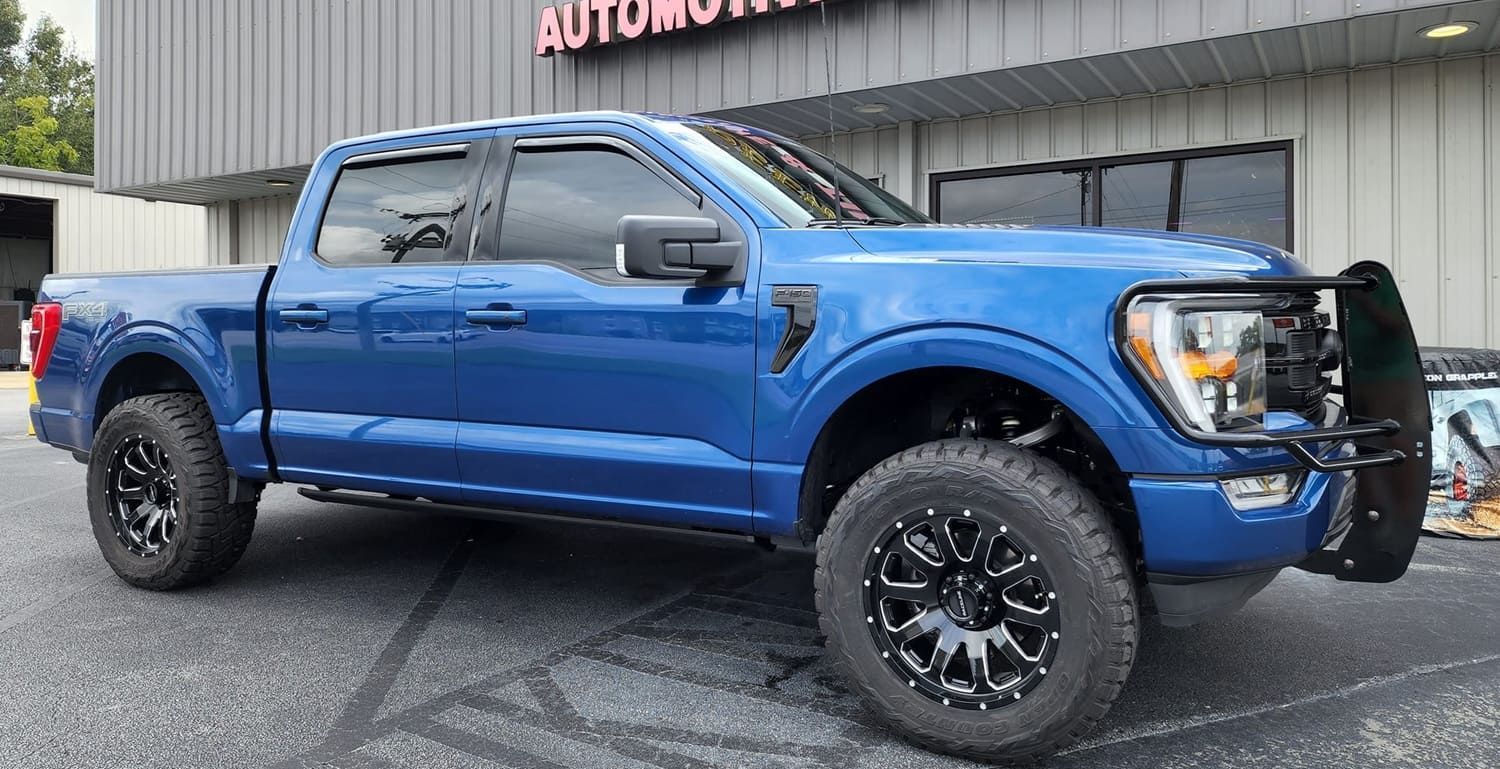
Comparing Dyed, Ceramic, and Carbon Tints
Choosing between dyed, ceramic, and carbon tints ultimately depends on your specific needs and budget. Here's a quick comparison to help you decide:
- Cost: Dyed tints are the most affordable, while ceramic tints are the most expensive. Carbon tints fall somewhere in between, offering a middle-ground option for those seeking quality without the highest cost.
- Heat Rejection: Ceramic tints provide the highest heat rejection, followed by carbon tints. Dyed tints offer limited heat reduction, making them less suitable for hot climates.
- Durability: Ceramic and carbon tints are more durable and resistant to fading compared to dyed tints. This means they can provide long-lasting performance and maintain their appearance over time.
- Aesthetic: Carbon tints offer a stylish matte finish, while dyed and ceramic tints have a more traditional appearance. Your choice may depend on your preference for a sleek or classic look.
Making Your Decision
When selecting a window tint, consider what matters most to you. If budget is your primary concern, dyed tints may be the way to go. Their affordability allows you to achieve a stylish look without a significant financial commitment. If you prioritize heat rejection and UV protection, ceramic tints are the best choice, offering superior performance in these areas. For a balance of performance and aesthetics, carbon tints provide a compelling option, combining effective heat reduction with a unique appearance.
Additionally, ensure that your chosen tint complies with local laws and regulations regarding window darkness and reflectivity. These laws can vary significantly, and non-compliance could result in fines or the need to remove the tint. Consulting with a professional installer can help ensure that your tint choice meets legal requirements while providing the desired benefits.
Conclusion
Selecting the right window tint for your vehicle is about balancing cost, performance, and aesthetics. At X-Treem Automotive & Tinting, your premier car window tinting installers serving Statesboro, GA, we guide you through the options—whether you're considering dyed, ceramic, or carbon tint—to find the perfect fit for your vehicle and lifestyle.
Each tint type offers distinct advantages, from superior heat rejection to enhanced style and UV protection. By understanding the differences and aligning them with your needs, you can confidently make a choice that boosts both comfort and appearance.
Contact X-Treem Automotive & Tinting today for your free estimate and expert advice on selecting the ideal tint for your car.
With professional installation, your tint will not only look flawless but also deliver long-term performance—providing privacy, protection, and satisfaction for years to come.





